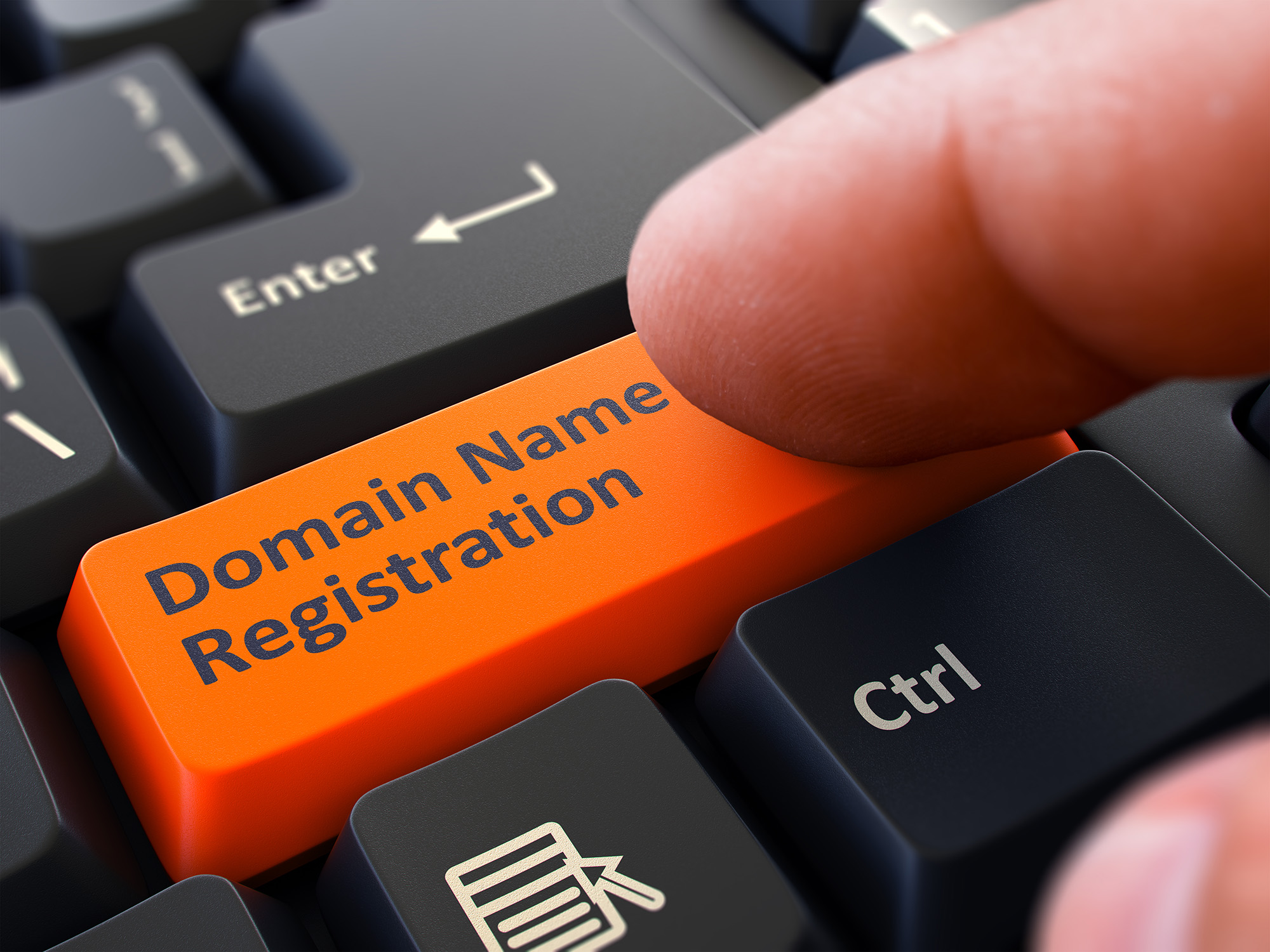
WordPress Architecture: An Overview
The WordPress architecture is a complex structure comprising files, databases, and functions. Here’s how they interact:
- Core Files: These are the essential files that run WordPress. They must be protected to ensure the site’s integrity.
- Database: This is where all the content, user information, and settings are stored. Protecting it is crucial to WordPress security.
- Themes and Plugins: Customization is made possible through themes and plugins. They can be both a source of rich functionality and potential vulnerabilities if not properly managed.
User Management and Roles
WordPress has a built-in user management system, allowing different levels of access based on assigned roles:
- Administrator: Complete control over the site.
- Editor: Can publish and manage posts, including those of other users.
- Author, Contributor, Subscriber: These roles have varying levels of control over content but limited access to site-wide settings.
Proper management of user roles and strong authentication practices are vital for controlling access to sensitive areas of the site.
Security Measures Within WordPress
WordPress implements several security measures:
- Regular Updates: WordPress constantly releases updates to fix vulnerabilities. Automatic updates for minor releases can be enabled.
- Password Protection: Strong password policies and two-factor authentication options enhance login security.
- Data Validation: WordPress employs various methods to ensure that the data submitted to the database is valid and not malicious.
Security Through Plugins
The WordPress repository hosts thousands of security plugins designed to bolster site protection. Some provide firewalls, malware scanning, and brute force attack prevention.
Hosting and Server Security
The hosting environment plays a critical role in WordPress security. Proper server configuration, firewalls, and regular backups can prevent or mitigate many common threats.
HTTPS and SSL Certificates
Implementing HTTPS through an SSL certificate encrypts the data between the user’s browser and the server, providing an additional layer of protection for sensitive information.
Conclusion
The anatomy of WordPress involves a complex interplay between files, databases, users, and external components. By understanding how these elements work together and how security measures are implemented, site owners can craft a security strategy that is as robust as it is adaptable.
Ensuring WordPress security requires a multifaceted approach, from core files and database protection to user management, regular updates, and the selection of trusted plugins and themes. A secure hosting environment and the use of HTTPS further contribute to a solid defense against potential threats.
In the following chapters, we will delve into specific areas of WordPress security, offering insights, tools, and best practices to create a resilient and secure WordPress website.








